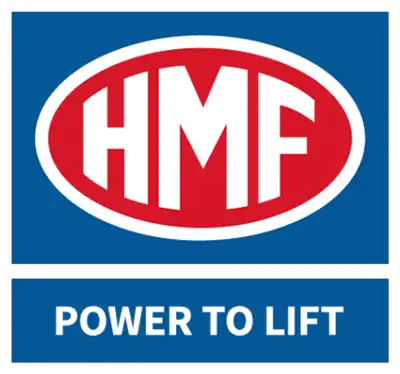
If you own a lorry loader crane, you likely use it in every season. No matter what time of year it is, the weather will always pose a unique set of challenges. In turn, you must adapt your approach to crane operations to ensure they remain safe for all personnel involved, not to mention nearby property and members of the public passing by your site. As a HIAB-accredited specialist in lorry loader crane repair, maintenance and testing, South East Cranes uses decades of knowledge to advise on safe lorry loader crane practices.
In this blog, we focus on how the cold conditions in winter can affect crane operations. Our company covers locations across the South of England, including:
When using a HIAB crane during the winter, you must allow, and plan for, extra risks. Of course, you should always make your lift planning and execution as safe as possible.
Generally speaking, the golden rule when operating a crane in more extreme weather conditions is to take it slow. This may seem difficult when you have a delivery schedule to meet, but you must never compromise on safety.
Wintry conditions put extra strain on a crane’s mechanical, hydraulic and electrical systems. For example, you may run lights and wipers for longer periods, putting an additional load on the battery.
Lorry loader crane repairs, servicing and maintenance before winter begins will help to catch issues that may cause outages and downtime later on.
In addition to the crane itself, you must also factor in how conditions may affect onsite personnel. For example, snow flurries can distract and reduce visibility, while severe cold can cause stress and an array of other problems.
High winds and heavy rain are also common during the winter. To avoid accidents and property damage, as well as the need for lorry loader crane repairs, you must operate in a safe and sensible manner.
During windy conditions, the crane operator must exercise their judgement as to whether it is safe to unload or load. They must also decide if it’s simply best to abandon a lift until conditions improve. You must never allow slings and hooks to pendulum out of control, so remember to secure them between lifting operations.
It’s equally important to remember that the lighter the load, the more susceptible to gusting it is. The effect of winds also grows stronger with height.
The biggest risk in heavy rain is a slippery surface. On the ground, especially one with a slope, the lorry may slide if the force exerted by unloading and loading is too great for the surface to bear.
If using stabilisers, beware of sinking into soggy ground. This can cause an imbalance and topple your vehicle over.
To avoid crane failure during winter, South East Cranes covers all maintenance and servicing needs. Fast, effective lorry loader crane repair before the worst of the winter weather lowers the likelihood of breakdowns and damage.
With our resources and reputation, we cover Bedfordshire, Berkshire, Buckinghamshire, Cambridgeshire, Essex, Hampshire, Kent, Oxfordshire, Surrey and Sussex. Visit the About Us page to learn more about our company.
Speak to one of our team members today or send a message by completing the form submission below
Get A Quote
The Dangers of Freezing Weather
Fluids – Fluids change in freezing temperatures, so your equipment won’t work to normal efficiency until it is warm. Operators must follow the correct warm-up sequence as per the manufacturers guidelines
Freezing Up – If your levers or any other part of your crane has frozen, you must allow time for freeing up. Likewise, if your equipment has snow and ice on it, clear it off before you start using it